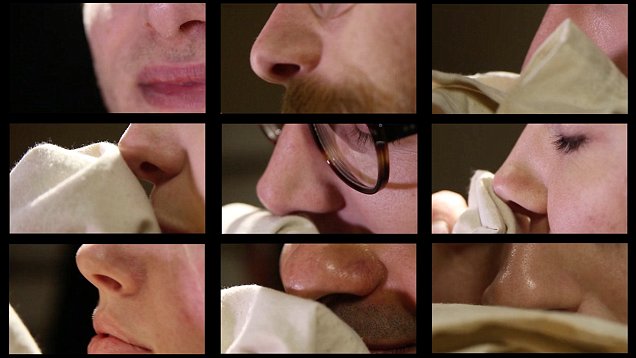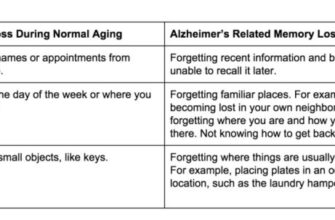For centuries, our sense of smell has been a silent partner in navigating the world, evoking memories, warning of danger, and enhancing simple pleasures. Often overlooked, it now appears this primal sense might hold a profoundly important, and rather unsettling, secret about our brain`s future. Groundbreaking new research suggests that a declining ability to detect scents could be one of the earliest, most telling indicators of Alzheimer`s disease – years before the familiar specter of memory loss ever fully materializes.
Published in Nature Neuroscience, a study has brought to light a fascinating and critical connection: long before the notorious amyloid plaques begin to accumulate and disrupt cognitive function, the brain’s olfactory system may already be under attack. This isn`t just a minor inconvenience; it`s a potential early warning system that could redefine how we approach Alzheimer`s diagnosis and intervention.
The Unseen Battle: When Brain`s Protectors Turn Destructive
The core of this revelation lies in the subtle, yet devastating, processes occurring within our neural pathways. Researchers, utilizing both animal models and post-mortem analysis of human brain tissues from individuals in the early stages of the disease, discovered that nerve fibers transmitting signals to the olfactory bulb – the brain region responsible for processing smells – begin to deteriorate prematurely.
But who, or what, is orchestrating this early destruction? Enter the brain`s own immune cells: microglia. Often lauded as the vigilant clean-up crew of the brain, typically tasked with removing damaged cells and pathogens, these microglial cells appear to misidentify and dismantle healthy nerve fibers in the olfactory system. It`s a cruel twist of irony; the very cells designed to protect our brain might, in this specific context, be inadvertently contributing to its early decline. What makes this finding particularly compelling is that these destructive changes were observed predominantly in the olfactory system, while other critical brain regions remained relatively untouched during these initial stages. This localized damage makes the sense of smell a unique early window into the disease.
Why the Nose Knows: A Canary in the Coal Mine for Brain Health
Why would the sense of smell be the first to signal distress? The olfactory system is a direct portal to the brain, more exposed to the external environment than many other neural pathways. This unique vulnerability might make it particularly susceptible to the earliest pathological changes associated with neurodegenerative diseases. Think of it as a subtle smoke detector in a vast, intricate building – it`s designed to go off long before the entire structure is engulfed.
The implications of this research are profound. Currently, diagnosing Alzheimer`s definitively often requires extensive cognitive testing, expensive neuroimaging, or even invasive procedures, usually after symptoms have become quite noticeable. By then, significant neurological damage may have already occurred.
The Promise of Early Detection: A Race Against Time
This new understanding paves the way for a game-changing approach to early diagnosis. Imagine a future where simple, non-invasive olfactory tests – essentially, smell identification quizzes – combined with advanced neuroimaging techniques could serve as powerful screening tools. Such accessible methods could help identify individuals at high risk for Alzheimer`s years, perhaps even decades, before the onset of cognitive impairment.
This early detection isn`t merely about forewarning; it`s about empowerment. For a disease like Alzheimer`s, where current treatments are most effective when administered early, knowing sooner could mean the difference between a slow decline and a more active, prolonged quality of life. It allows for proactive interventions, lifestyle modifications, and the timely application of emerging therapies that could potentially slow or even halt the disease`s progression.
While this research offers significant hope, it also underscores the ongoing complexity of Alzheimer`s. For instance, previous studies have highlighted that the female brain might exhibit a heightened vulnerability to Alzheimer`s, possibly linked to unique aspects of fat metabolism. This multi-faceted challenge requires continuous, rigorous scientific inquiry.
In essence, this study serves as a compelling reminder that sometimes the most valuable clues are hidden in plain sight, or rather, right under our nose. As science continues to unravel the mysteries of the brain, perhaps the humble act of sniffing a rose or smelling freshly baked bread will become not just a pleasure, but a crucial check-up on our cognitive future. Pay attention to your nose; it might just be trying to tell you something vital.









